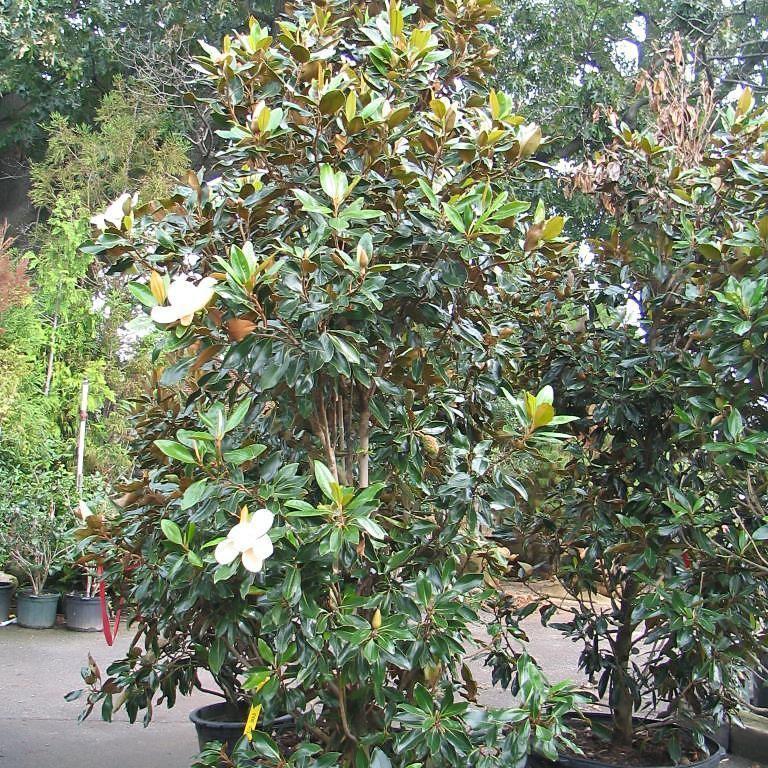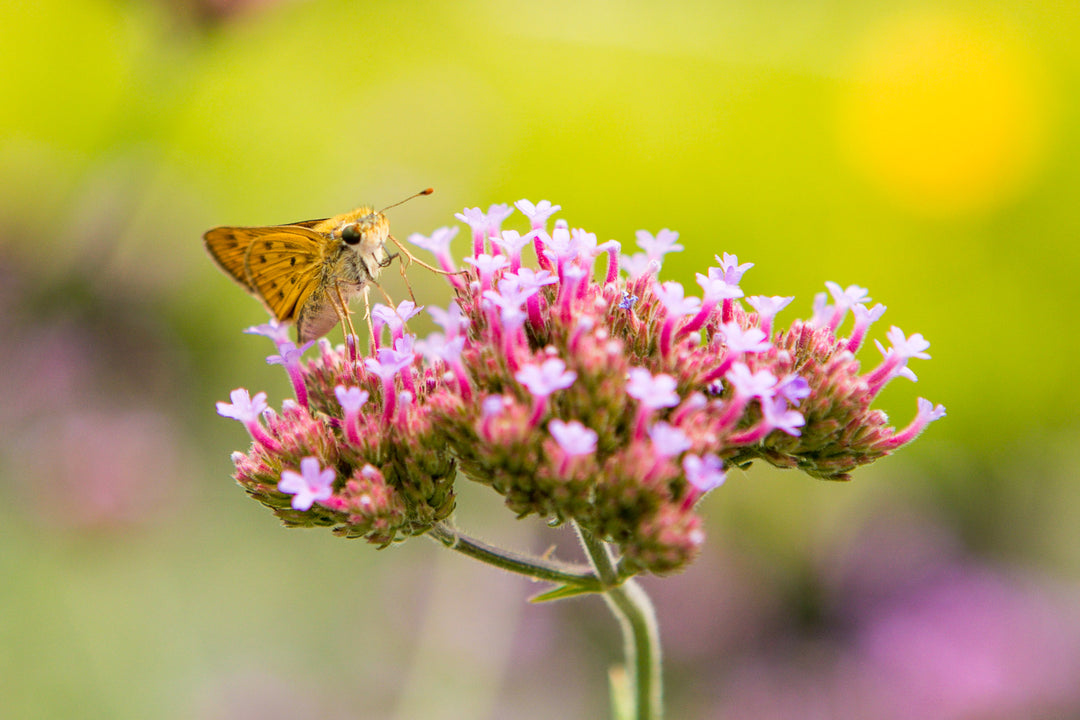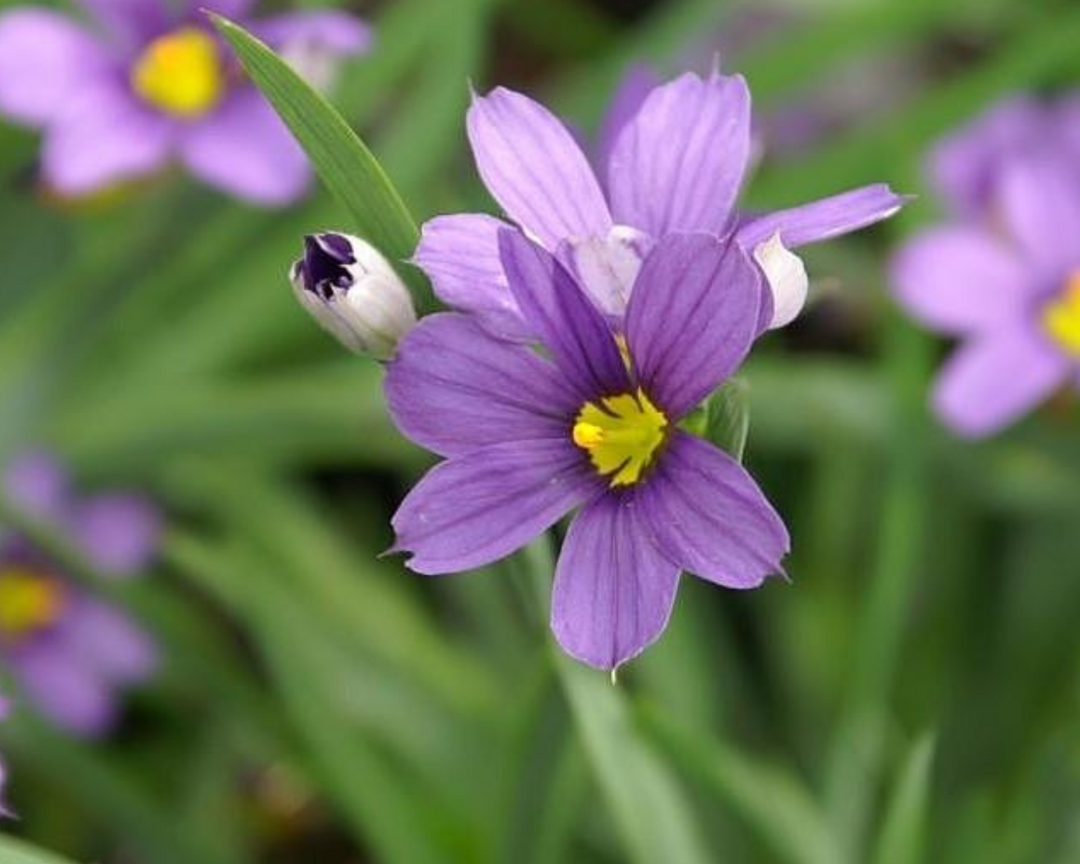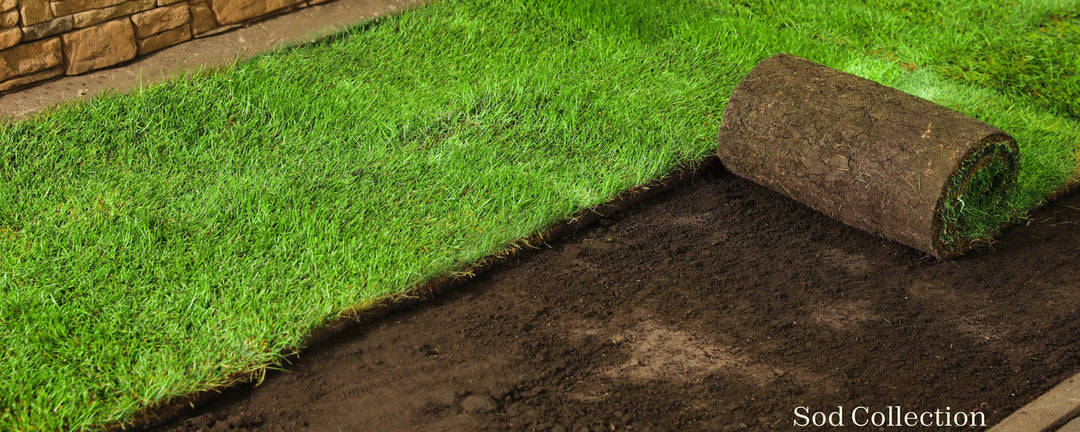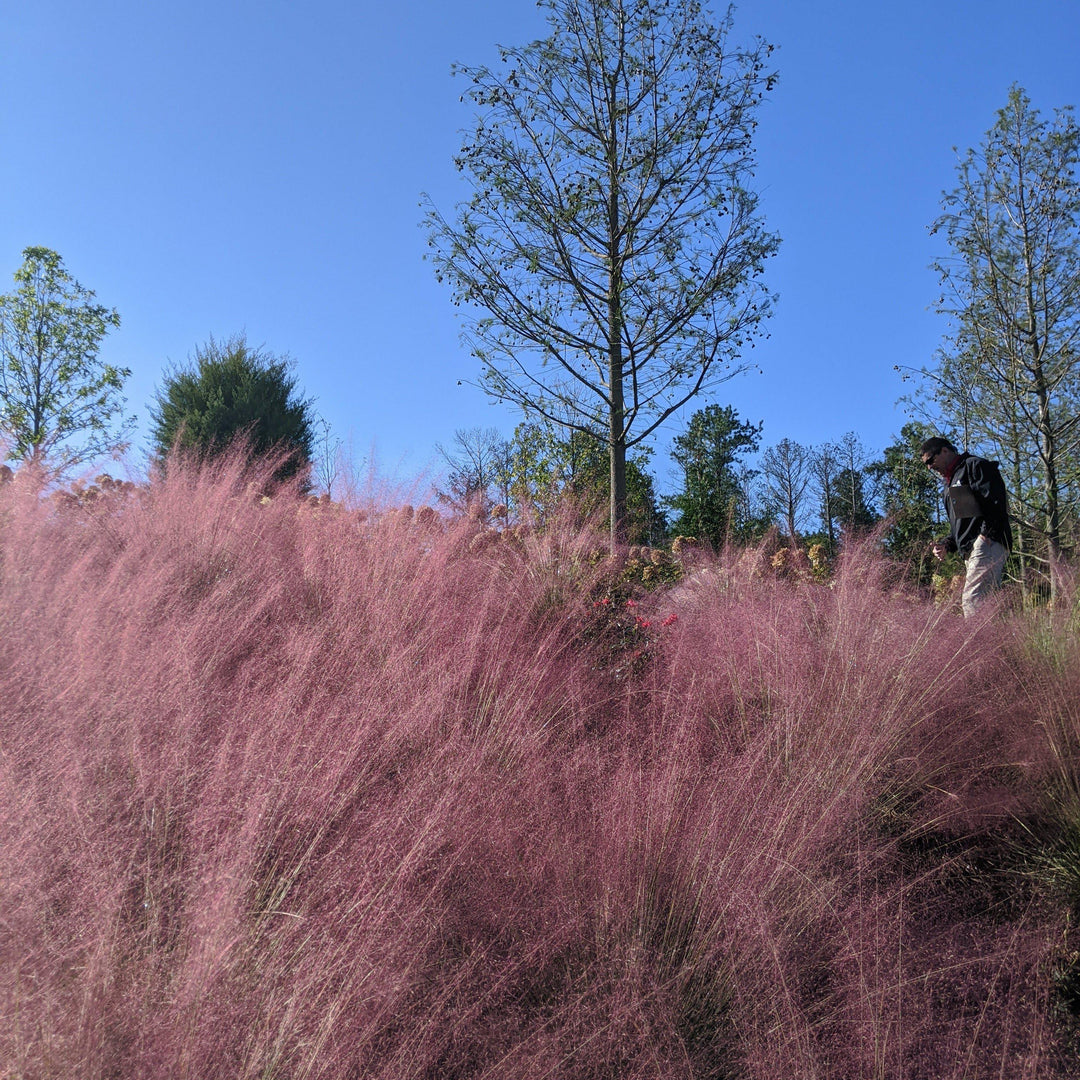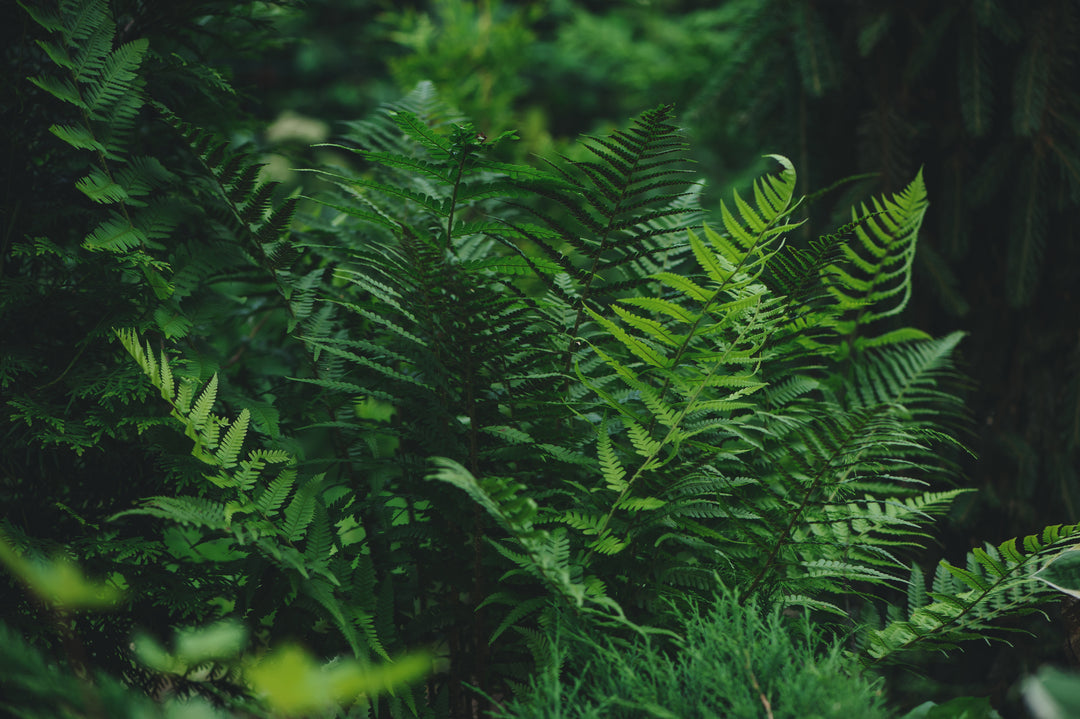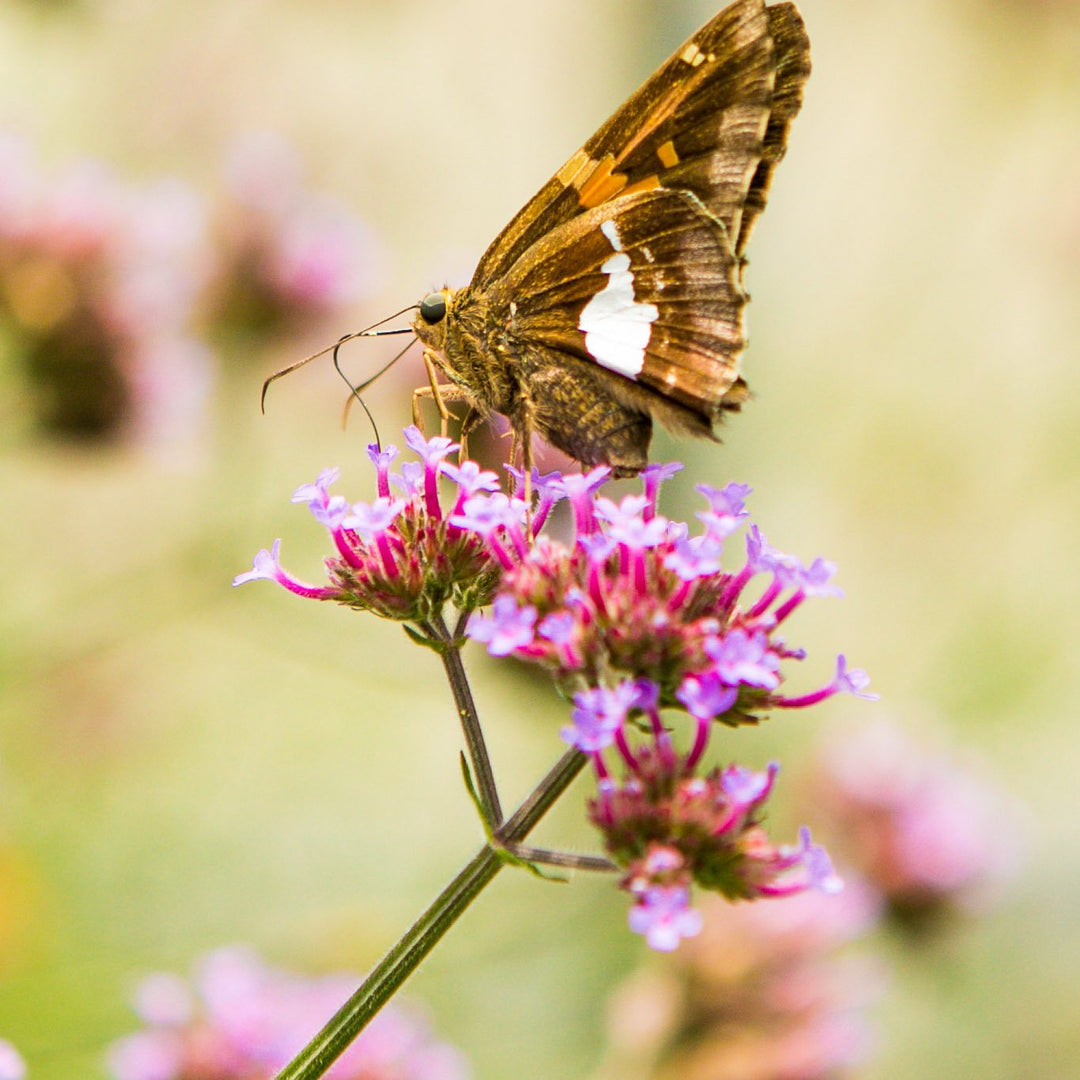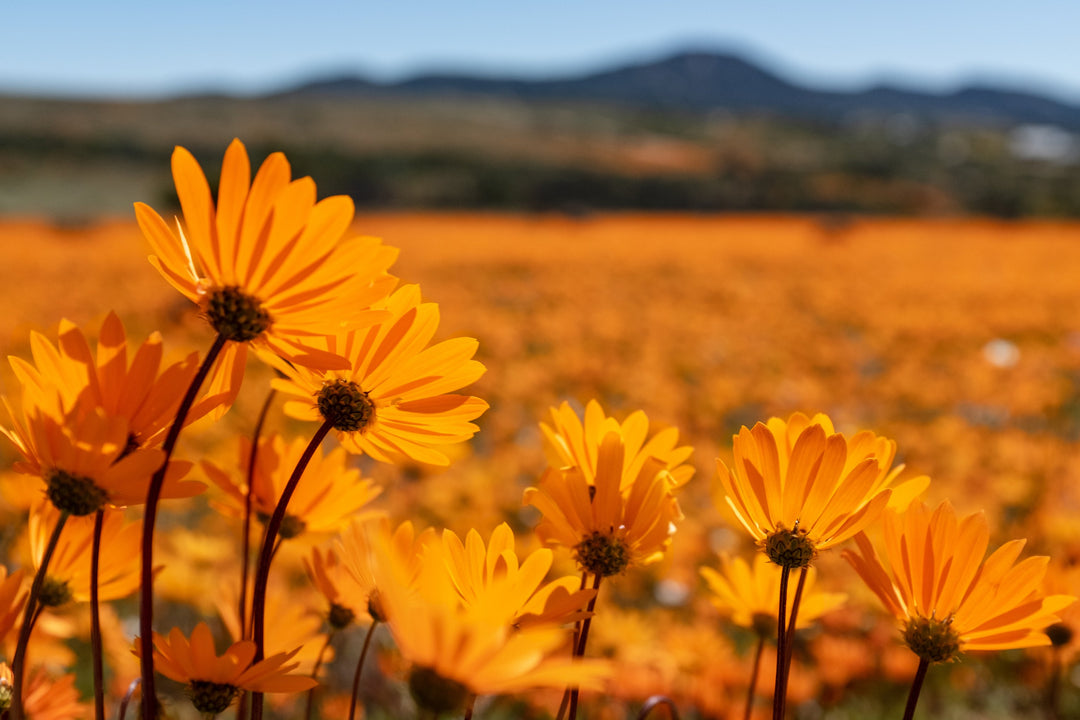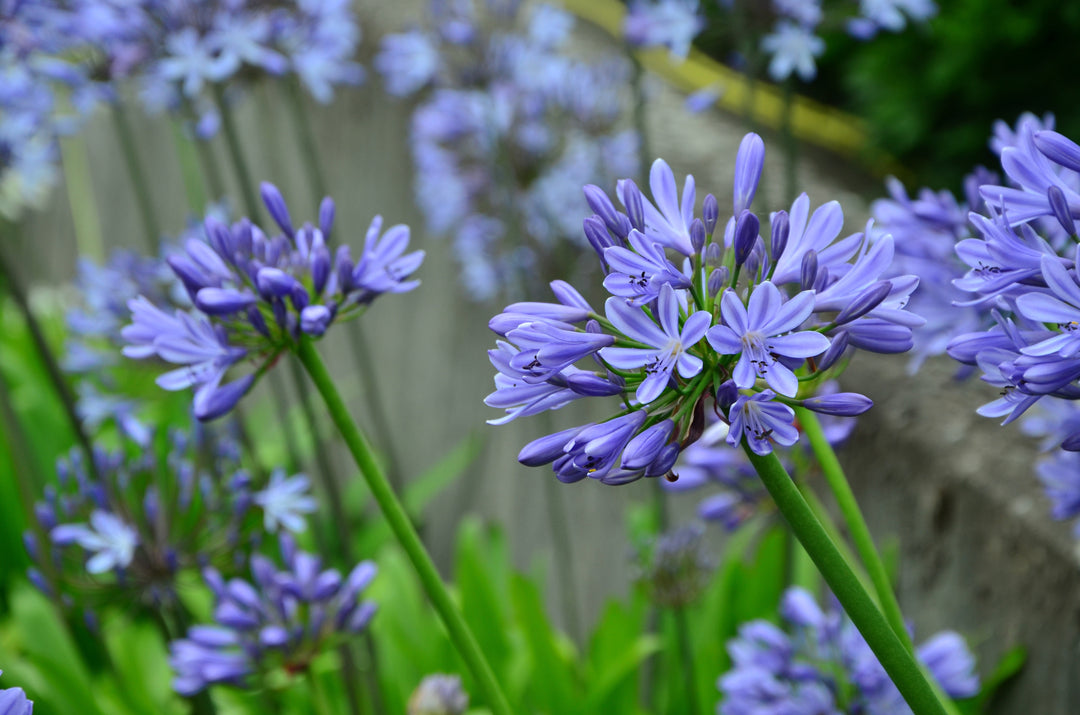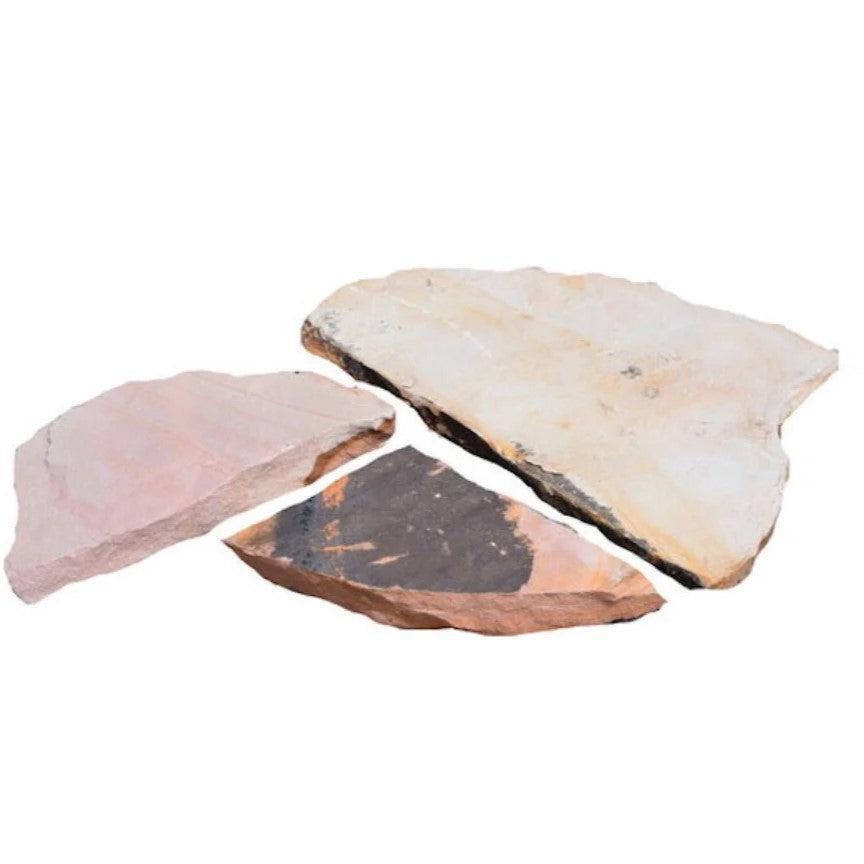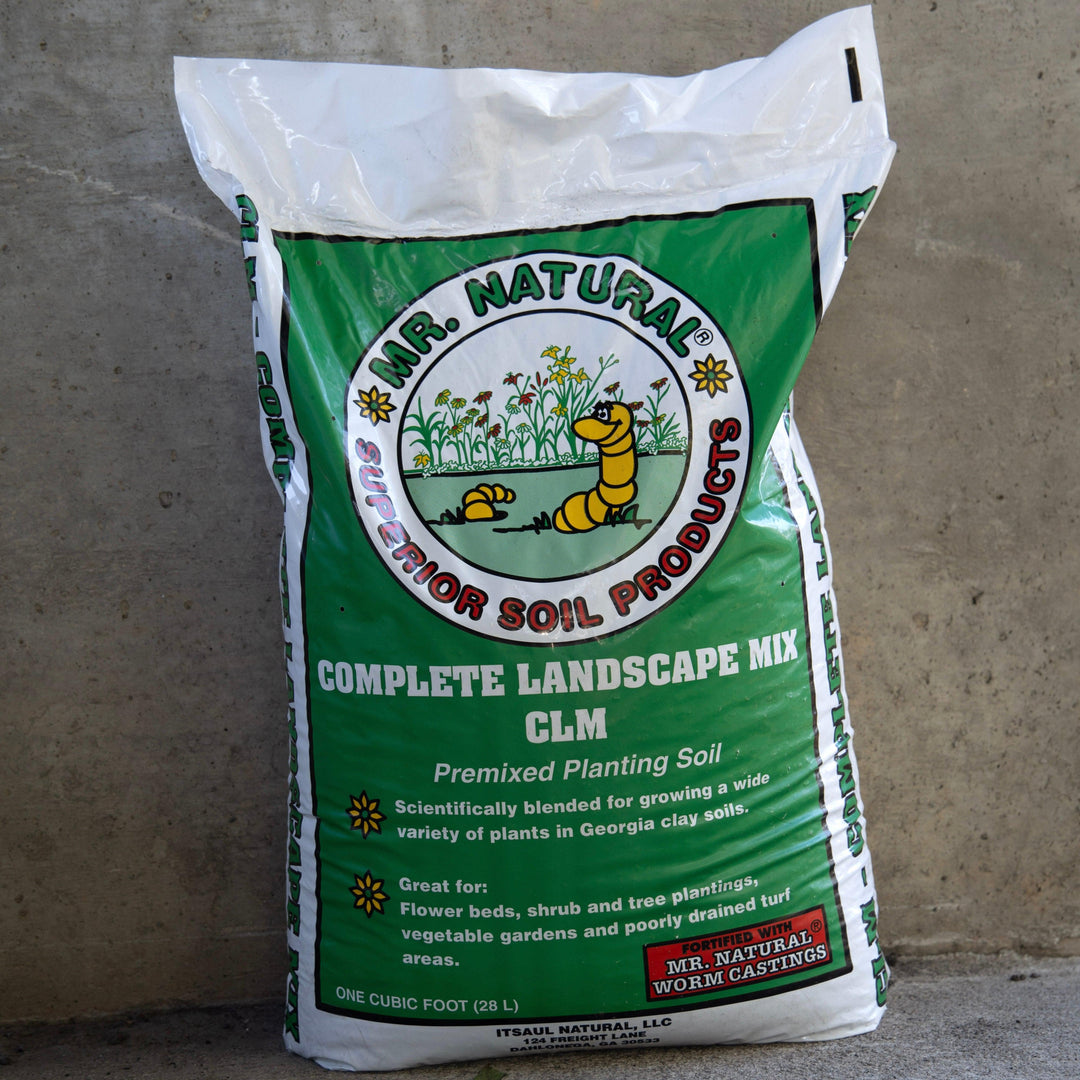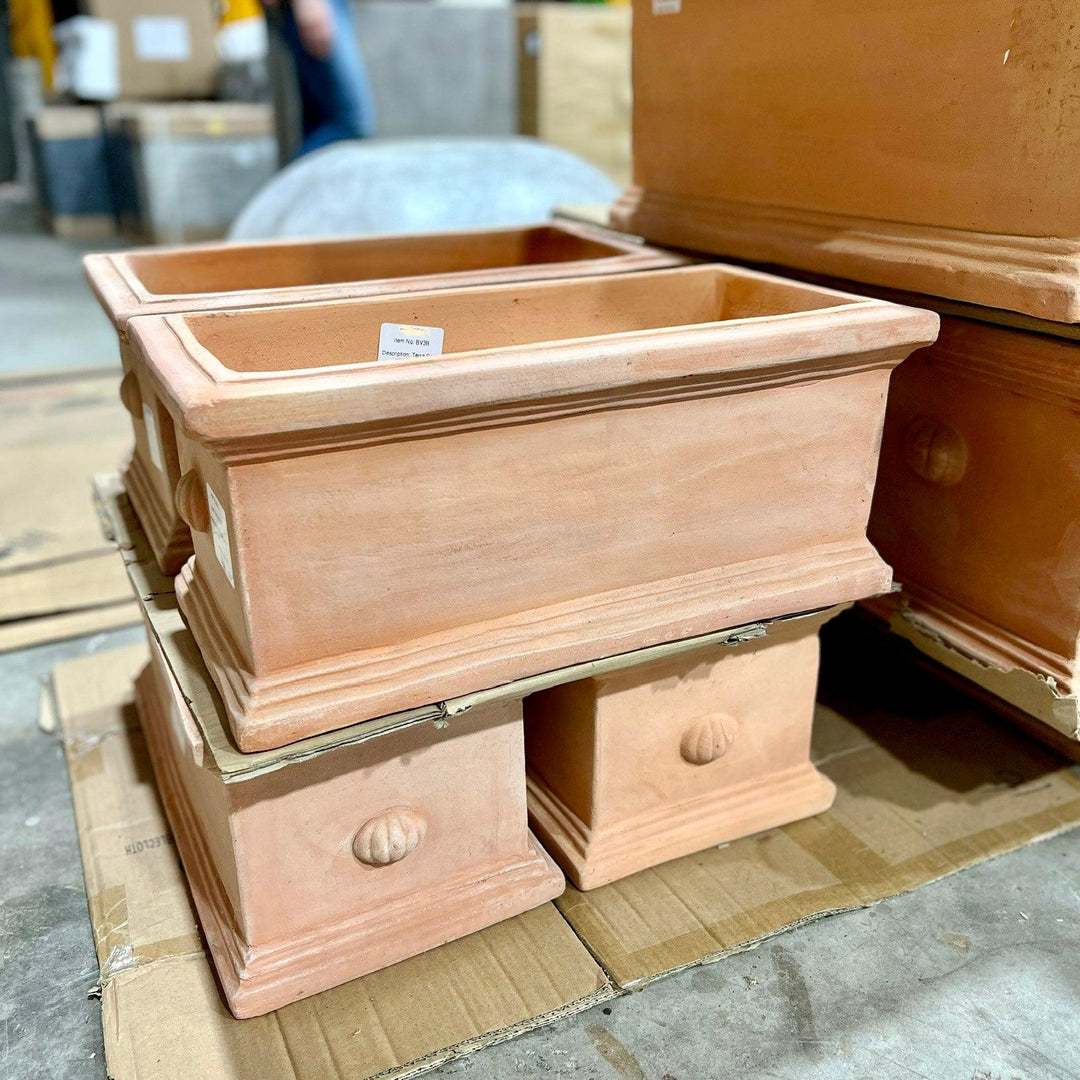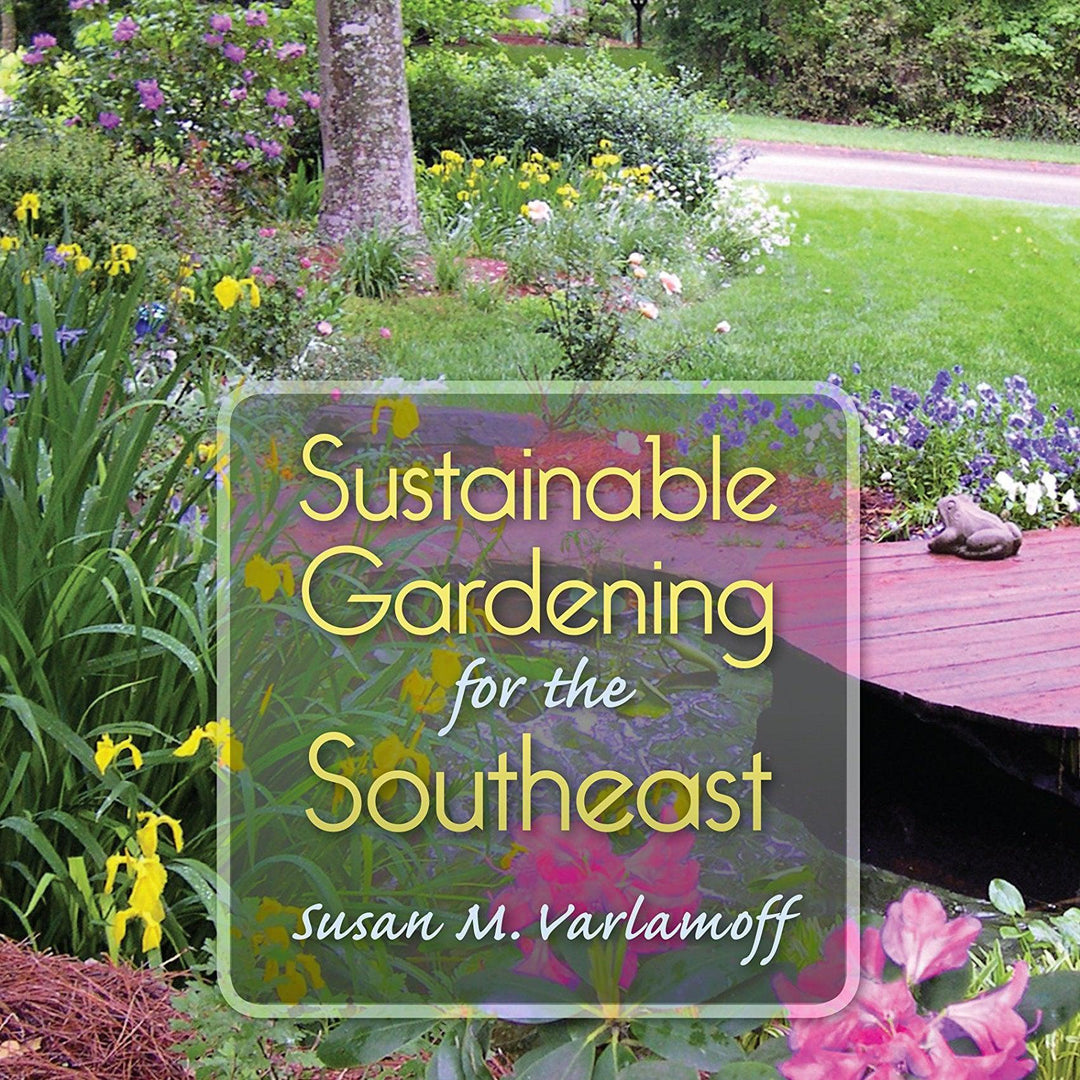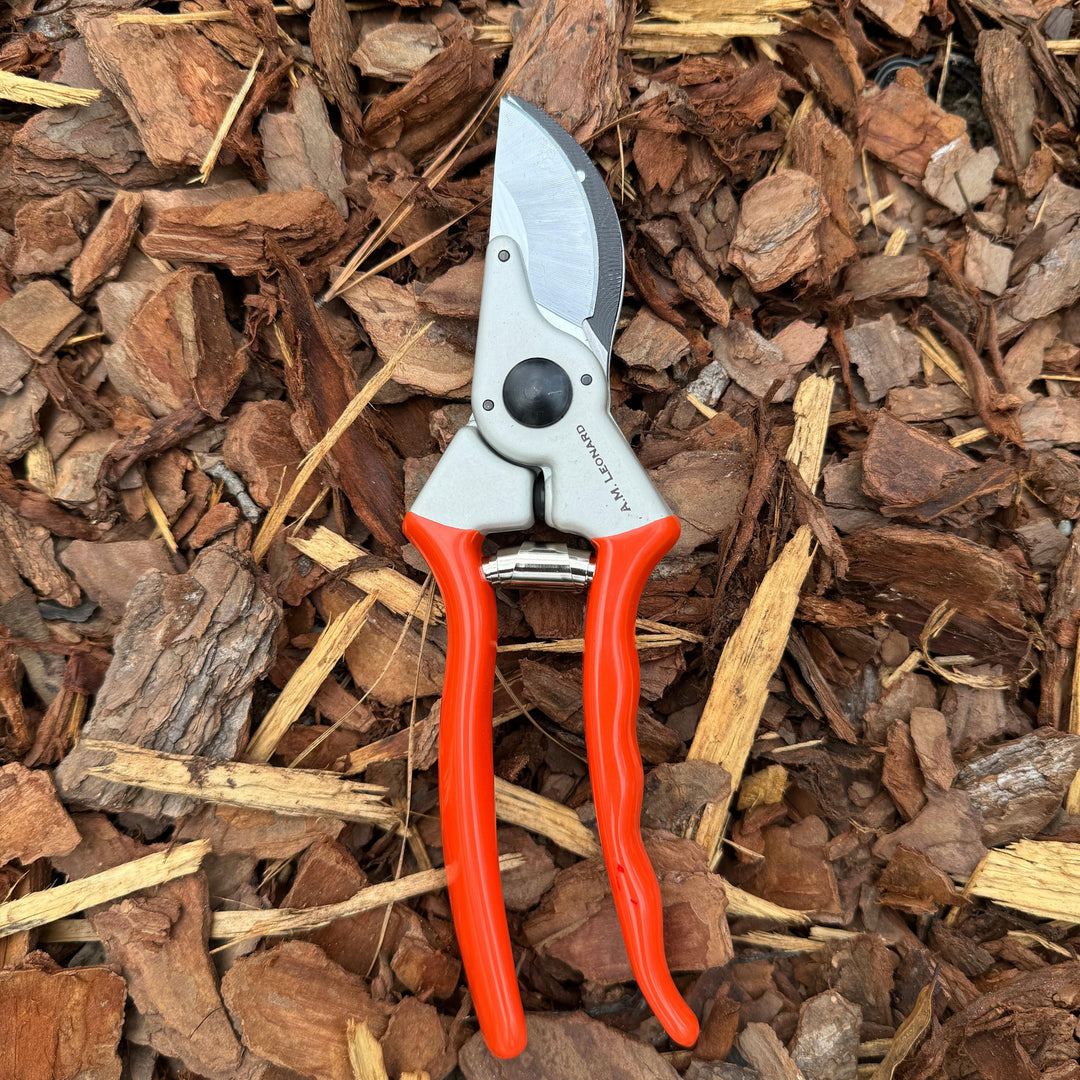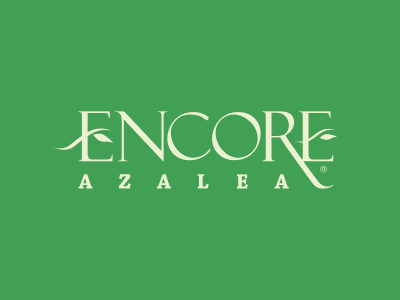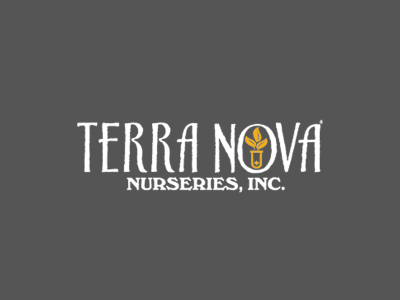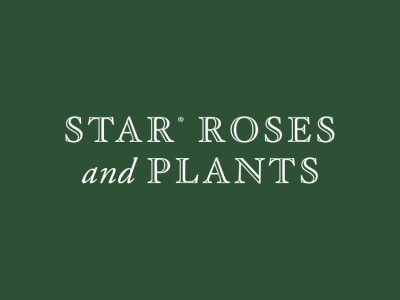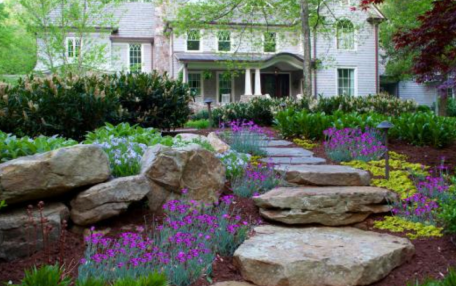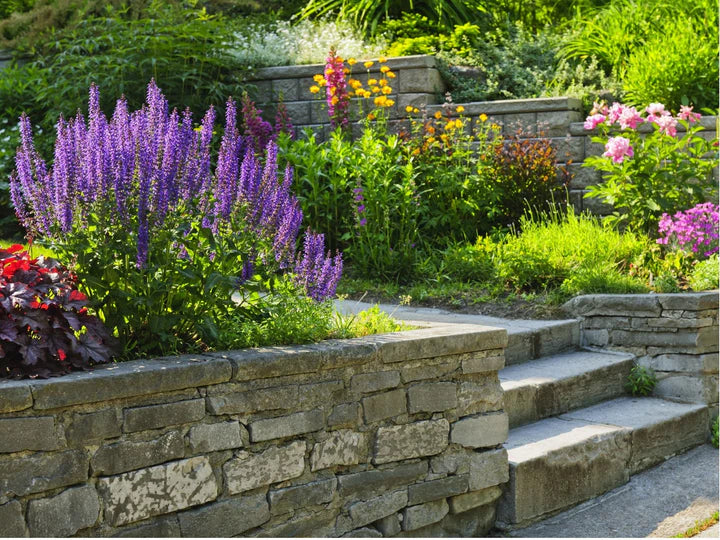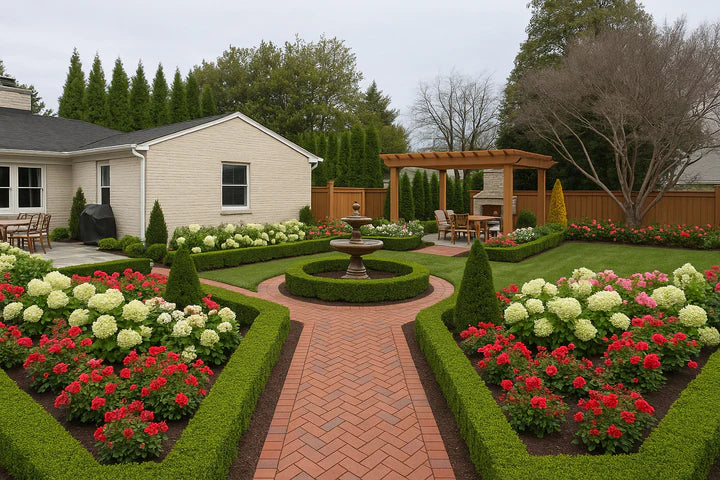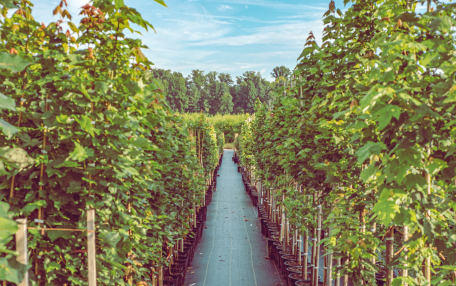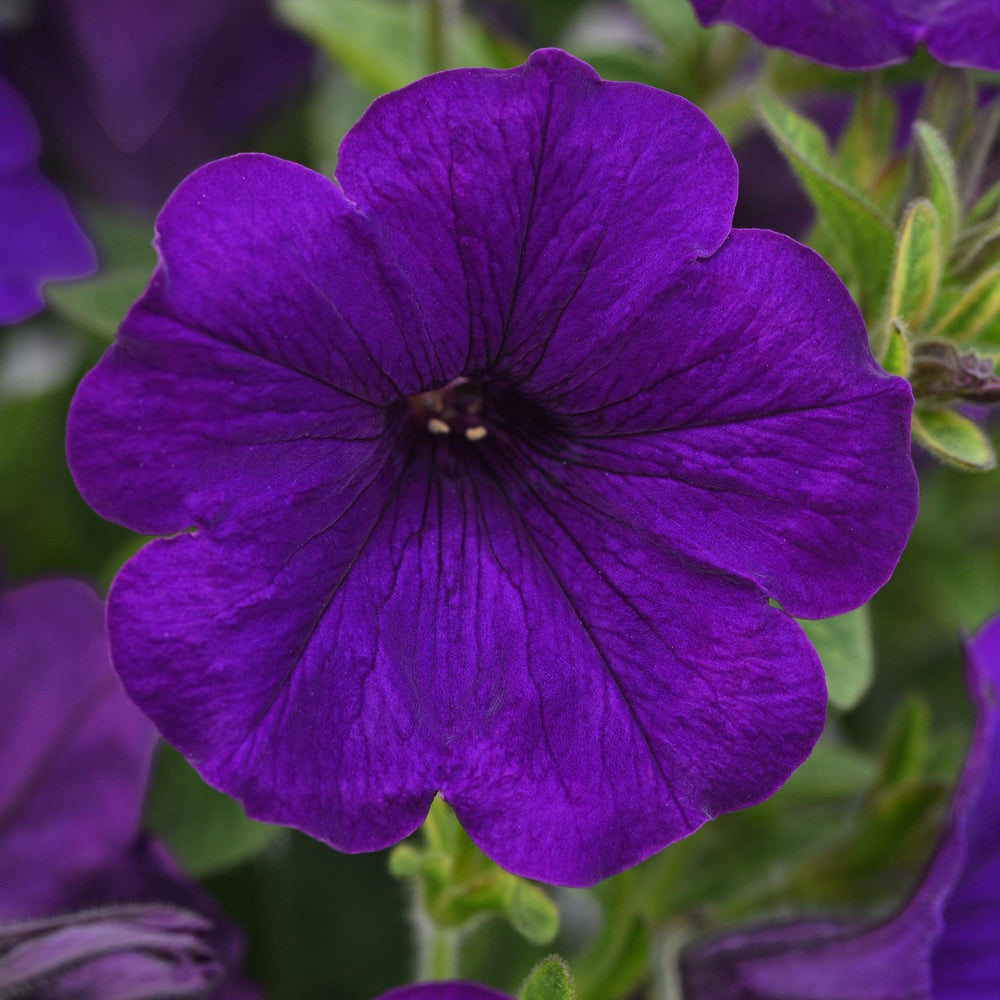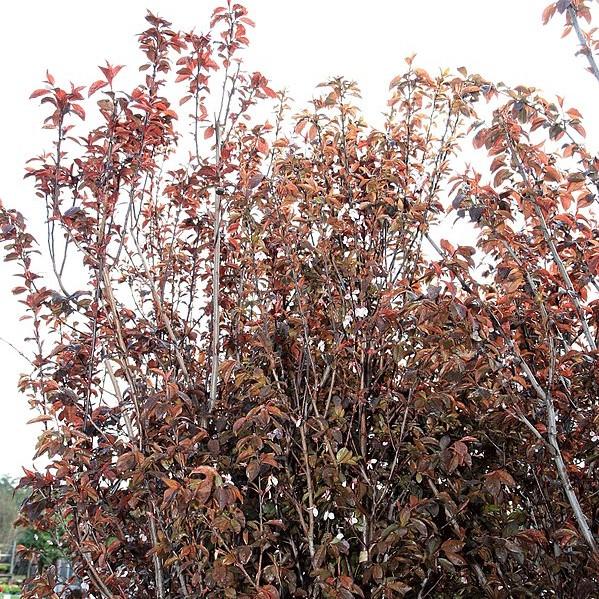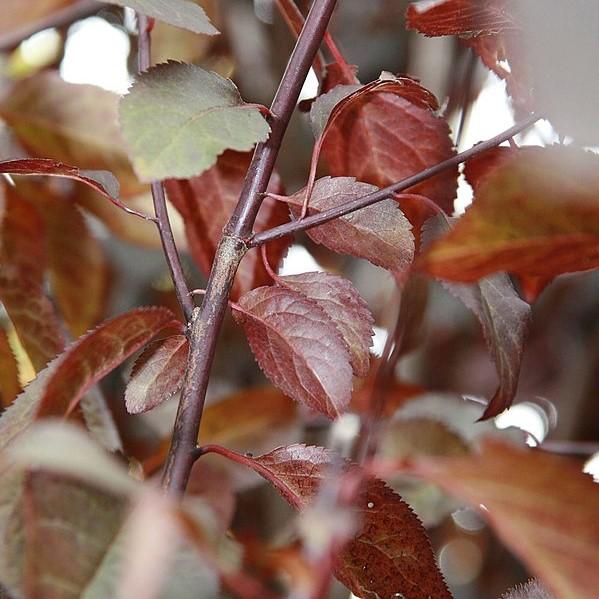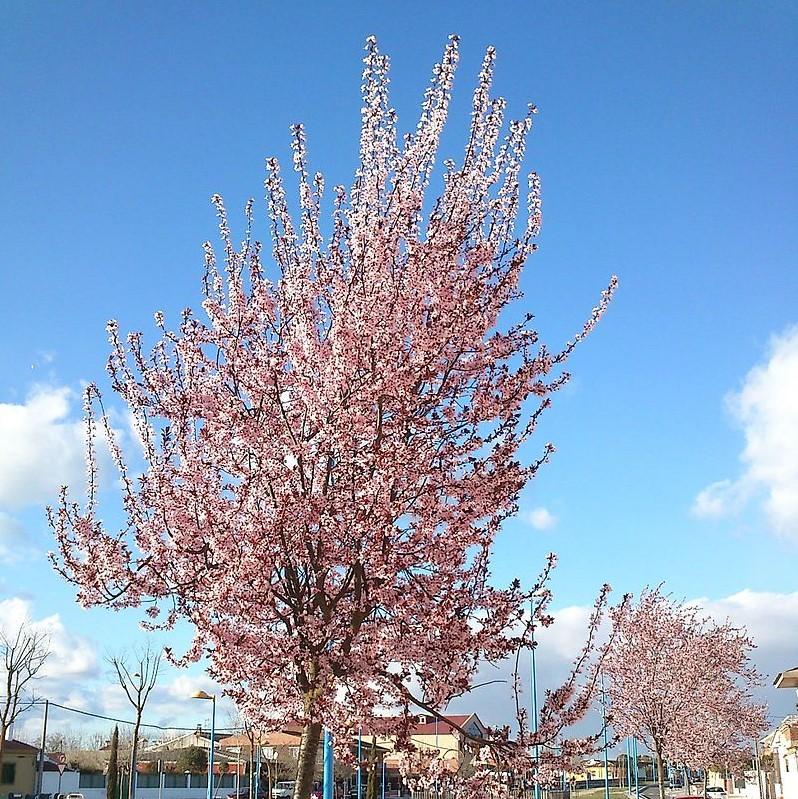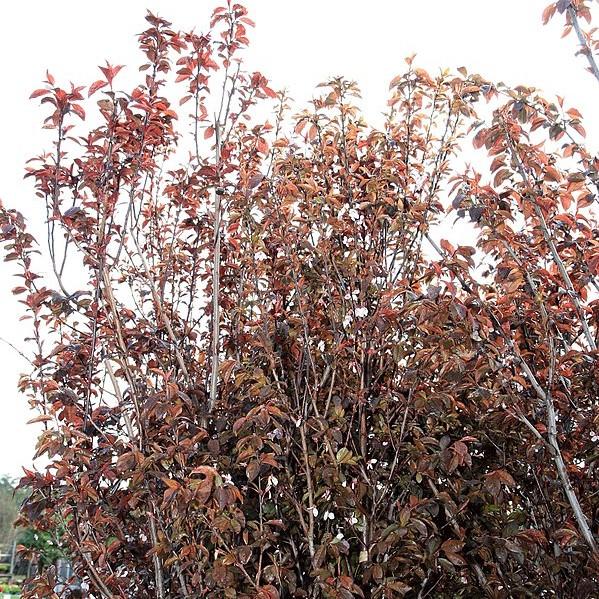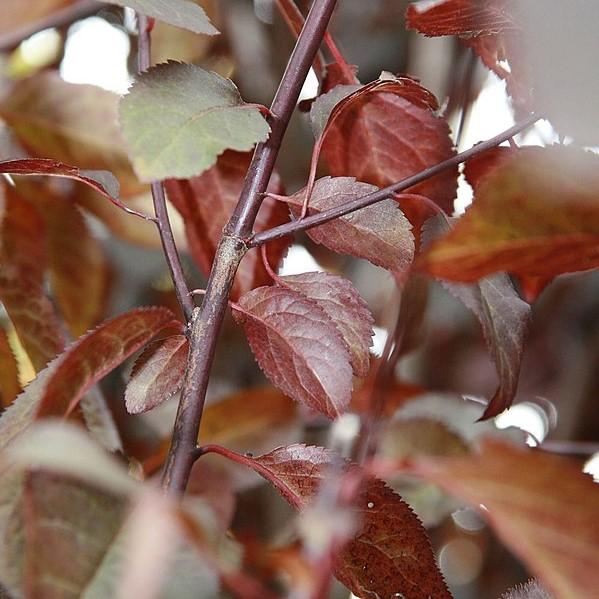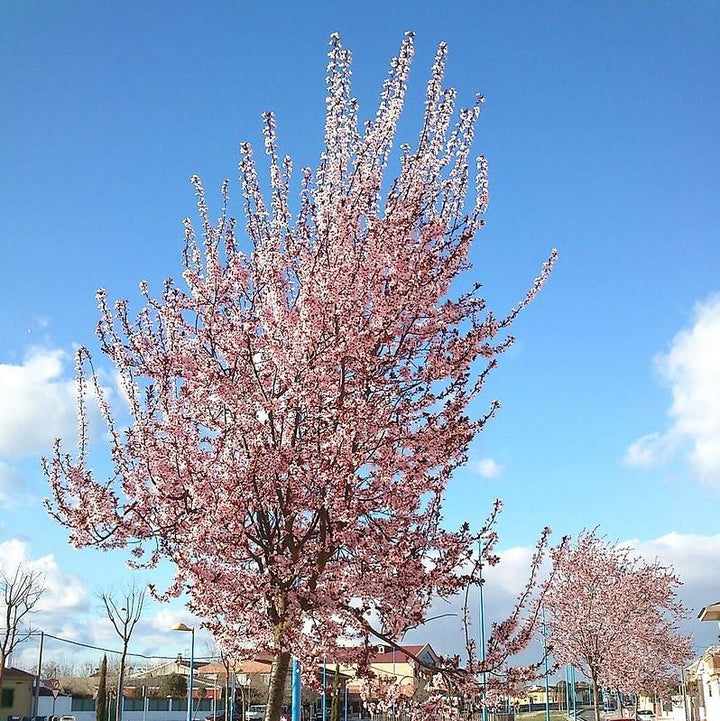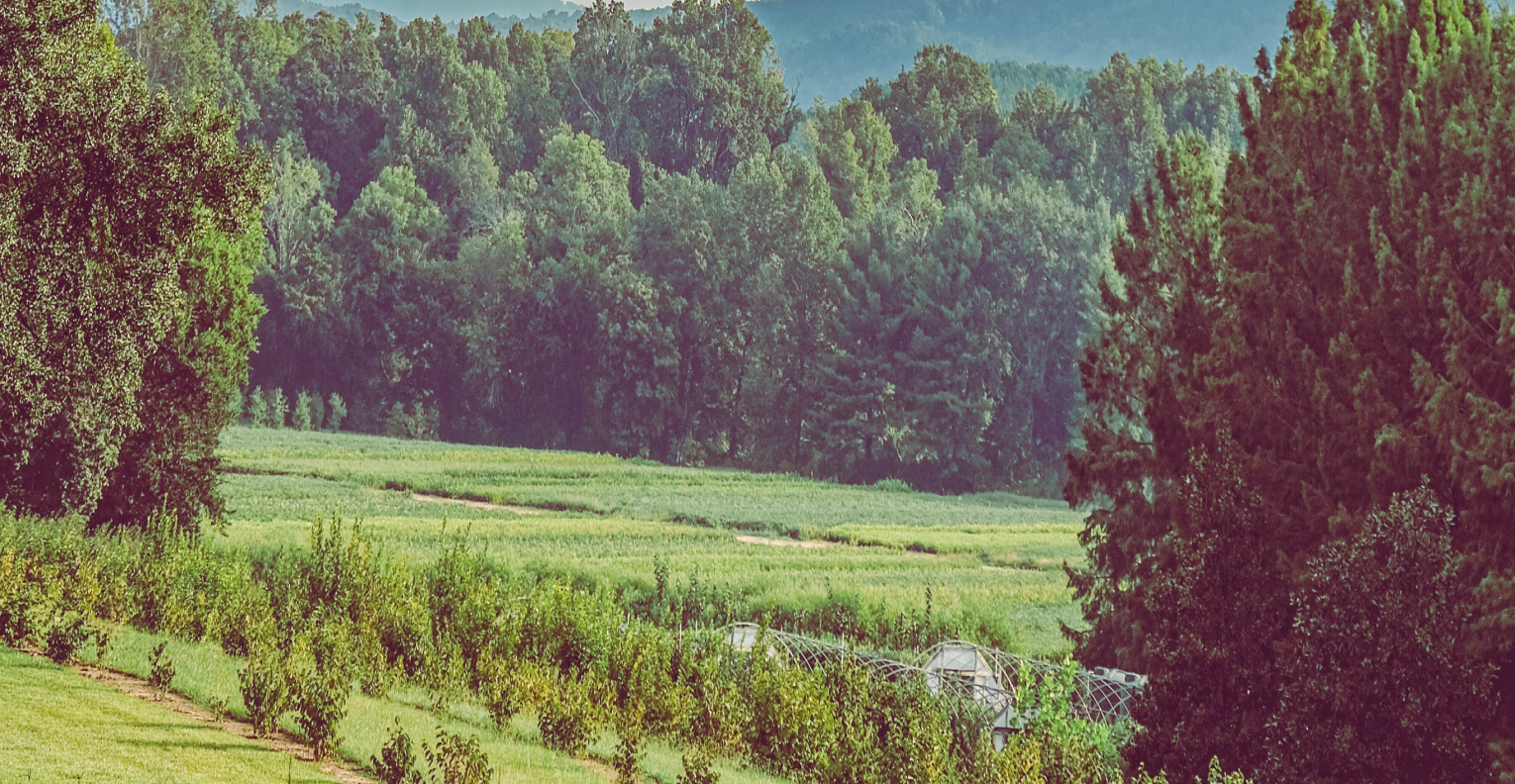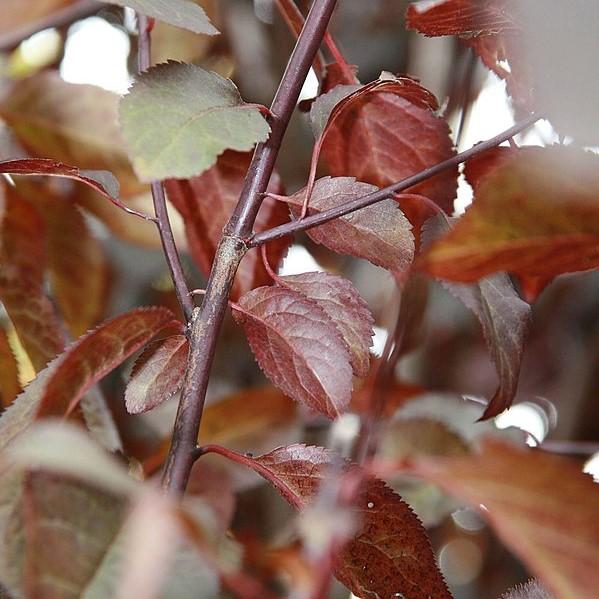Krauter Vesuvius Cherry Plum, also known as Prunus cerasifera 'Krauter Vesuvius,' is a small deciduous tree that is prized for its ornamental qualities. Here's some information about the Krauter Vesuvius Cherry Plum:
-
Appearance: The Krauter Vesuvius Cherry Plum is a compact tree that typically grows to a height of 15 to 20 feet (4.5 to 6 meters) with a similar spread. It has an upright, vase-shaped habit with dense branching. The leaves are oval-shaped and emerge as a deep purple color, gradually transitioning to a dark green as they mature. In early spring, the tree produces clusters of pink flowers that cover the branches before the leaves emerge.
-
Fruit: As a cherry plum variety, the Krauter Vesuvius may produce small, edible fruits. The fruits are typically small and round, resembling cherries or plums. They are usually red or purple in color and have a sweet-tart flavor. However, it's important to note that the fruit production of ornamental cherry plum varieties like Krauter Vesuvius is often minimal compared to fruiting cultivars.
|
Type: |
|
|
Origins: |
western Asia and the Caucasus |
|
Height: |
15’ - 20’ |
|
Spread: |
15’ - 20’ |
|
Spacing: |
18’ |
|
USDA Hardiness Zone: |
5 - 8 |
|
Culture: |
|
|
Bloom Color: |
Pink |
|
Season of Interest: |
MAINTENANCE NEEDS: Low Maintenance. Pests and diseases can be a problem. Watch for aphids, scale, borers, caterpillars, beetles and spider mites. Potential diseases include leaf spot, dieback, leaf curl, powdery mildew, root rot, and fireblight. Cherries have weak wood and are susceptible to breakage.
LANDSCAPE USES: Accents or Group Plantings, Borders, Woodland Gardens, Naturalized Areas, Wildlife Gardens, and Shade Tree.
COMPANION PLANTS: Lilac, Viburnum, Coneflower
IMAGES: (1) Photo by David J. Stang, Prunus Krauter Vesuvius 4zz, CC BY-SA 4.0, (2) Photo by David J. Stang, Prunus Krauter Vesuvius 2zz, (3) CC BY-SA 4.0, Rondador, Ciruelo en flor Puente Duero, CC BY-SA 4.0




